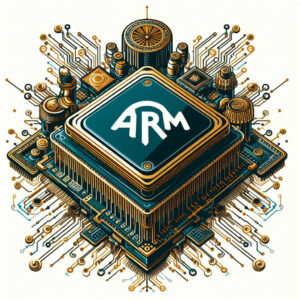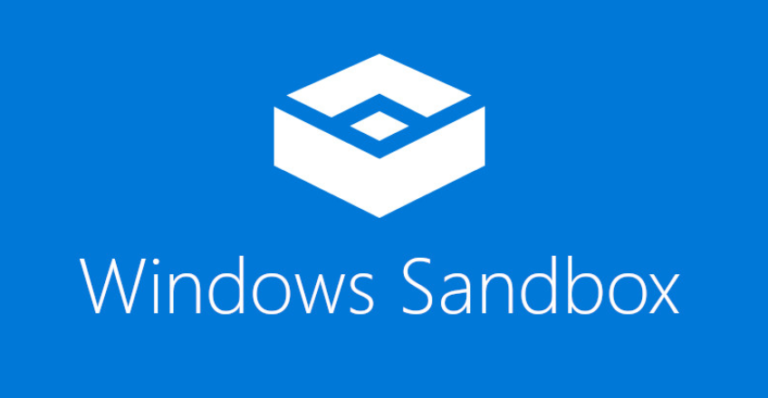The Rise of Arm: Humble Beginnings to Global Dominance
For over three decades, Arm has been the dominant force in the semiconductor industry, powering nearly every smartphone in existence. Founded in 1990 by 12 chip designers in Cambridge, England, Arm initially focused on low-cost, battery-efficient devices. Its breakthrough came in 1993 when Apple launched its Newton device on the Arm610 processor, marking the beginning of their ascent to becoming the dominant force in smartphones. The company went public in 1998, and by the early 2000s, its processors were powering early Nokia mobile phones.
Diversification and Expansion
Throughout the 2000s, experienced rapid growth, fueled by the introduction of touchscreen phones in 2007 and the rise of connected home devices in the 2010s. Today, Arm has over 6,500 employees globally, with a strong presence in the UK and the US, as well as other countries. In 2016, they became a private company again when SoftBank acquired it for $32 billion, leading to a focus on emerging markets like AI.

Arm CPU Impact on Emerging Technologies
Arm’s Neoverse line, launched in 2018, has helped the company break into the AI space, with Nvidia’s Grace Hopper Superchip showcasing the performance benefits of combining Arm’s cores with Nvidia’s GPUs. Success in AI is driven by its focus on providing a standard platform for software developers, enabling companies like Apples return to the processor market, offering the M1 CPU with integrated GPU for OSX devices. Amazon Web Service, Google’s Mobile Division, and Microsoft Azure Team also design their own custom silicon. Global technology leaders increasingly are using arm architecture for development of software and systems powering next generation devices.
Facing Challenges and Looking Ahead
Despite its success, Arm faces challenges from competitors like RISC-V and the dominance of x86 in the server market. However, with its strong partnerships and focus on innovation, they are well-positioned to continue the growth trajectory they have experienced. As CEO Rene Haas puts it, “The sun comes up the next day, right? And you have to be able to build from that.”
The journey from a small group of chip designers to a global powerhouse is a testament to its innovative spirit and adaptability. As technology continues to evolve, they remain at the forefront, shaping the future of computing. As the world becomes increasingly reliant on connected devices and influence is set to grow even further, driving the next wave of technological innovation.






